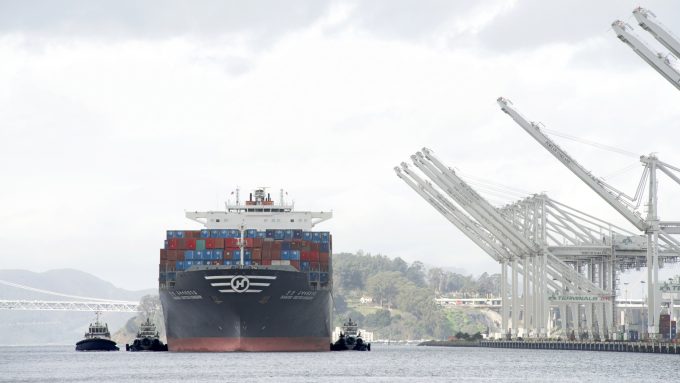Global trade volumes – strategy? WTF
Silver lining sought

A leading shipping analyst has predicted the return of rate volatility to the world’s major trades as the spectre of overcapacity comes back to haunt the industry.
This is despite growing confidence in a container market recovery over the past six months and other expert opinions.
Tan Hua Joo, executive consultant at Alphaliner, told delegates at the TOC Asia Container Supply Chain event in Singapore this morning, that despite 2016 being the “most balanced year in terms of supply and demand since 2009”, with a ...
Amazon pushes into LTL for small package fulfilment and UPS does a u-turn
New senior management for DSV as it readies for DB Schenker takeover
Volumes set to 'fall off a cliff' as US firms hit the brakes on sourcing and bookings
Asian exporters scramble for ships and boxes to beat 90-day tariff pause
Temporary tariff relief brings on early transpacific peak season
'Tariff madness' will prompt renegotiation of ocean shipping contracts
Forwarders 'allowing the fox into the chicken run' by supporting 'hungry' carriers
Response to tariffs by Chinese importers may see extra costs for US shippers

Comment on this article